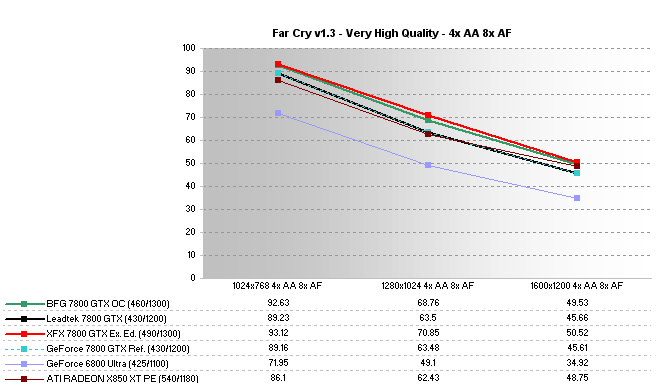NVIDIA – Telling us the way it should be played?

NVIDIA – Telling us the way it should be played?
Here at EIEF, NVIDIA are showcasing some of the latest games that will soon be hitting the shelves, either in game screenings, or in playable versions down in the arcade, but the question is why?
In the past, developers would write games to take advantage of the hardware on the market, meaning there was always a lag between what hardware you could buy for your machine and what games would take advantage of that new hardware’s features. Anyone who bought a Matrox G400 will testify that it’s hardware bump-mapping was superb, but no-one wrote anything taking advantage of this until the card was then too slow to run the rest of the game… Yes, I was one of them.
Now things are different. NVIDIA, like many other hardware manufacturers have a team of engineers dedicated to assisting developers in producing games that take advantage of the latest hardware meaning that gap between hardware and software is being closed to the point of games coming out within a few months that can push your new purchase to the limits. In fact, NVIDIA are claiming that they have more engineers dedicated to assisting developers than any other company in the business, including Microsoft and Sony.
With their latest card, the 7800GT, NVIDIA claim that it is now possible to play your games in high resolution with everything on and still maintain a perfectly playable framerate. This is done by working closely with developers through every step of a game’s creation, even to the point of sending the code off to their labs in Moscow, Russia (apparently guarded by ex-KGB agents and more difficult to get into than a nun’s knickers).
All of this benefits the gamer as, by the time the game reaches your hard drive, it will have been tested over and over again, reducing the chance of having to muck around with drivers and the like just to get the game to run. Once the game is running, the code will have been optimised to run as smoothly as possible on your hardware and take advantage of as many features as possible, getting you as much from the game and therefore value for money, as possible.
NOTE: At the time of writing this article, rumours have popped up all over the net about NVIDIA supposedly producing a Physics Processing Unit or PPU. This seems to have stemmed from misunderstanding over just what NVIDIA’s new ‘Power of 3’ slogan is all about. It seems that speculation and jumping to conclusions have led some to believe that the power of three has something to with CPU, GPU and PPU chips…
A quick glance at NVIDIA’s website shows that ‘The Power of 3’ is actually referring to their 7800 cards, with SLI, Shader Model 3 and HDR and has bugger all to do with PPUs. Being a tactful sort, I rugby tackled NVIDIA’s Andrew Humber and gently slapped him with a large mackerel to try and force the truth from him. Sadly, the truth is that NVIDIA are watching what happens in the physics processing area and fully support companies working on it but they have no intentions of producing a PPU themselves, for now anyway…














